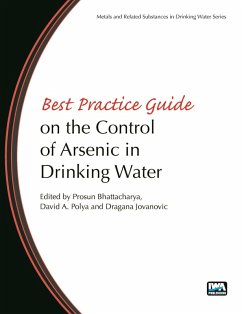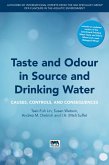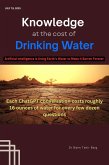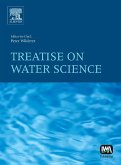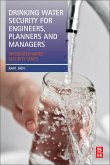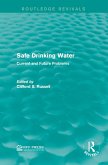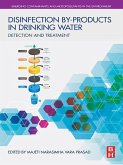Best Practice Guide on the Control of Arsenic in Drinking Water, covering aspects of hazard distribution, exposure, health impacts, biomonitoring and remediation, including social and economic issues, is therefore a very timely contribution to disseminating useful knowledge in this area. The volume contains 10 short reviews of key aspects of this issue, supplemented by a further 14 case studies, each of which focusses on a particular area or technological or other practice, and written by leading experts in the field. Detailed selective reference lists provide pointers to more detailed guidance on relevant practice.
The volume includes coverage of (i) arsenic hazard in groundwater and exposure routes to humans, including case studies in USA, SE Asia and UK; (ii) health impacts arising from exposure to arsenic in drinking water and biomonitoring approaches; (iii) developments in the nature of regulation of arsenic in drinking water; (iv) sampling and monitoring of arsenic, including novel methodologies; (v) approaches to remediation, particularly in the context of water safety planning, and including case studies from the USA, Italy, Poland and Bangladesh; and (vi) socio-economic aspects of remediation, including non-market valuation methods and local community engagement.
Dieser Download kann aus rechtlichen Gründen nur mit Rechnungsadresse in A, B, BG, CY, CZ, D, DK, EW, E, FIN, F, GR, HR, H, IRL, I, LT, L, LR, M, NL, PL, P, R, S, SLO, SK ausgeliefert werden.

